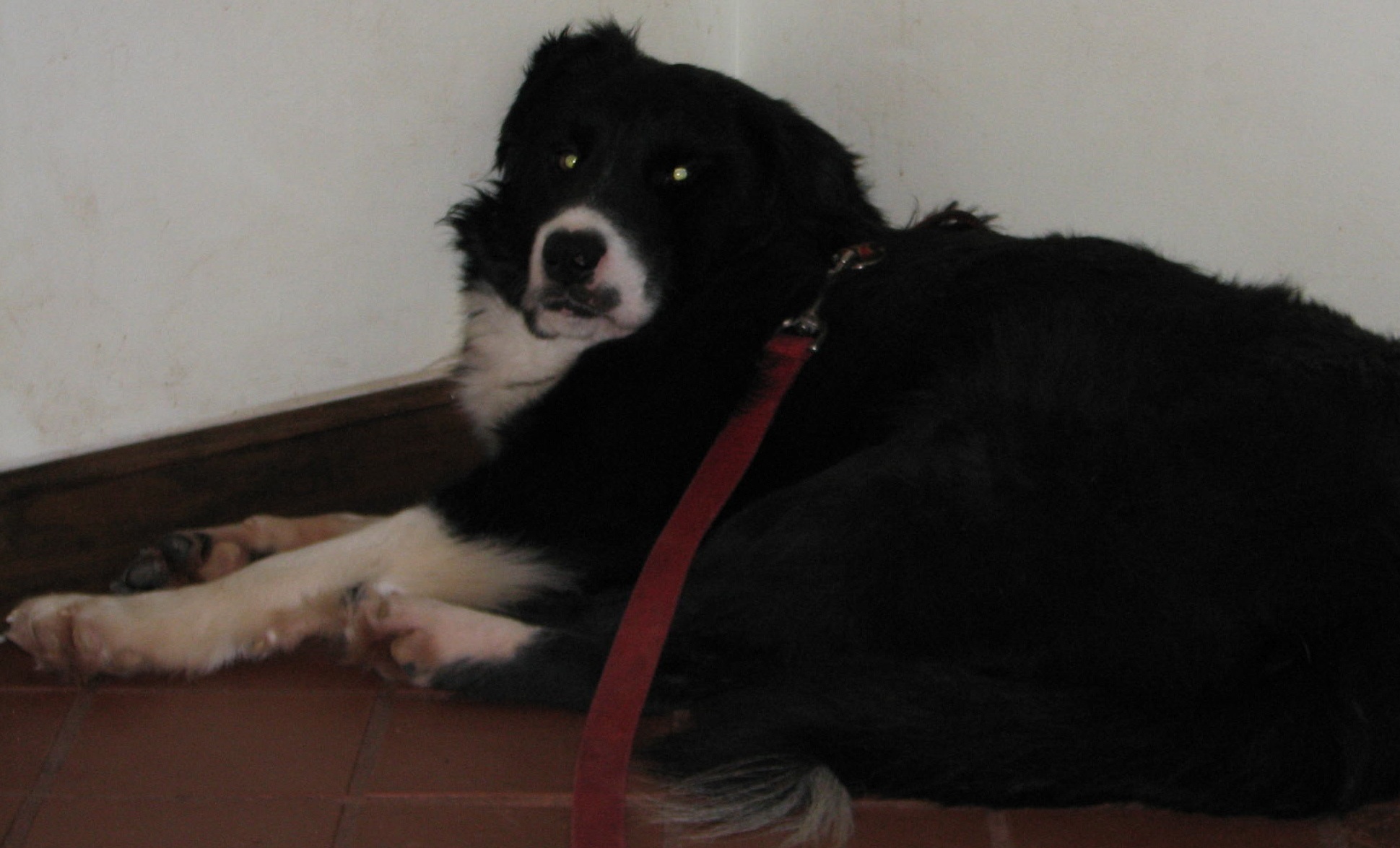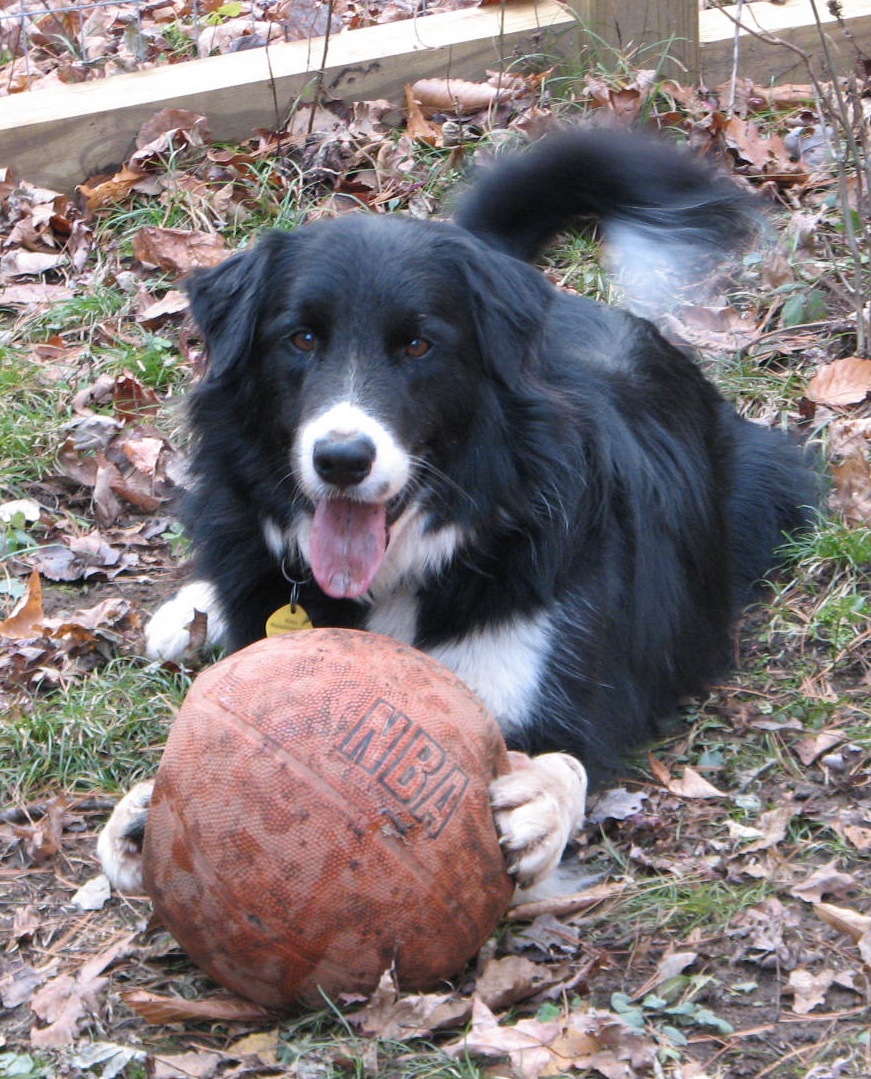Every dog is different. There is no way anyone can know the progress their fearful dog can make. There may be indications that point to the star they’re following; A dog that slithers over, meekly wagging after a few minutes of baby talk and an offer of cheese, is likely to progress faster or further than the dog who sits, eyes half closed, pressed against the farthest wall. It’s easy to believe that any dog can achieve what the last fearful dog you (or your trainer) worked or lived with, did. Or vice versa. Having lived for years with a fearful dog who, though happy and active, remains challenged by his fearfulness, that that possibility exists for any dog is very real to me. But change happens.
We can’t force a dog to stop being afraid of something, anymore than you could be forced to stop being anxious about something, or like something. Imagine your most dreaded food, and now try to imagine someone ‘making’ you like it. What we can do is learn how to behave around fearful dogs so as not to increase their fear, and to create situations in which they can feel safe and be successful at behaving like a dog who isn’t afraid. A little melted cheese goes a long way to making broccoli more palatable for many 5 year olds.
We can improve the palatability of things our dogs are afraid of in much the same way we shape tricks we want our dogs to learn. We begin by rewarding even the slightest muscle movement the dog makes which will lead to the behavior. Want your dog to raise their left hind paw? Watch for a weight shift to the right, mark and reward it. The beginning of change can often look like no change at all. But with practice we get better at noticing these subtle shifts and create opportunities for them to occur. It becomes like a refined night vision, when you can see things better out of the corner of your eyes than straight on. You learn to respond to the shadows that precede behaviors.
Here are a couple of images of Sunny. The first is how he looked most of the time when he initially came to live with us. The second, taken about a year after. I didn’t handle Sunny properly in the beginning. I didn’t know any better. It may not have mattered for him in the long run, but in the short run I certainly could have made his life better by structuring his environment differently. Or it may have mattered. I’ll never know. I have watched other shy or fearful dogs progress and become friendly and sociable, with only the faintest tint of the shy dog they were apparent in their movements and responses, while Sunny still finds most people overwhelming. He’s not as overwhelmed as he was, for as long as he was in the past, but nonetheless, he remains afraid.
Each day gives our dogs the opportunity to feel safer, more confident and to learn new skills. The ability to be happy may be the most useful skill any of them can have.







